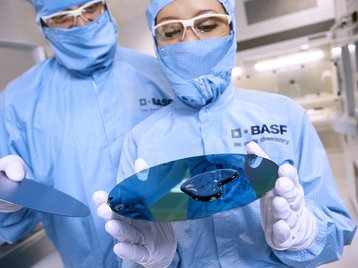The world’s largest chemical producer, BASF, will work with Hewlett Packard Enterprise to build a 1 Petaflop supercomputer for industrial chemical research at the company’s Ludwigshafen headquarters.
BASF previously turned to HPE for its data center needs, in 2015 outsourcing two facilities in Ludwigshafen to the American IT company, and transferring roughly 100 jobs.
Their chemical romance
“The new supercomputer will promote the application and development of complex modeling and simulation approaches, opening up completely new avenues for our research at BASF,” said Dr. Martin Brudermueller, BASF CTO and vice chairman of the board.
Meg Whitman, president and CEO of HPE, added: “We expect this supercomputer to help BASF perform prodigious calculations at lightning fast speeds, resulting in a broad range of innovations to solve new problems and advance our world.”
In particular, the system will be used to run virtual experiments, cutting the time it takes to obtain results. I will also be used to simulate processes on catalyst surfaces more precisely, as well as help with the design of new polymers with pre-defined properties.
BASF had previously partnered with Monsanto on R&D projects, and it’s not clear if the new computer will be shared with the US company.
The supercomputer will be based on the latest generation of HPE Apollo 6000 systems, and feature Intel Xeon processors, Intel Omni-Path Fabric and HPE management software, with an effective performance of more than 1 Petaflop.
Barry Davis, GM of the Accelerated Workload Group at Intel, said: “Intel Omni-Path Architecture is specifically designed to deliver outstanding performance while scaling cost-effectively from entry-level high performance computing clusters to larger clusters with 10,000 nodes or more – offering a significant advantage on both fronts.”
The supercomputer at BASF will consist of several hundred compute nodes.

